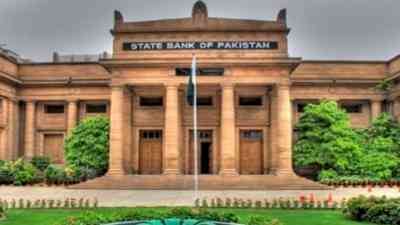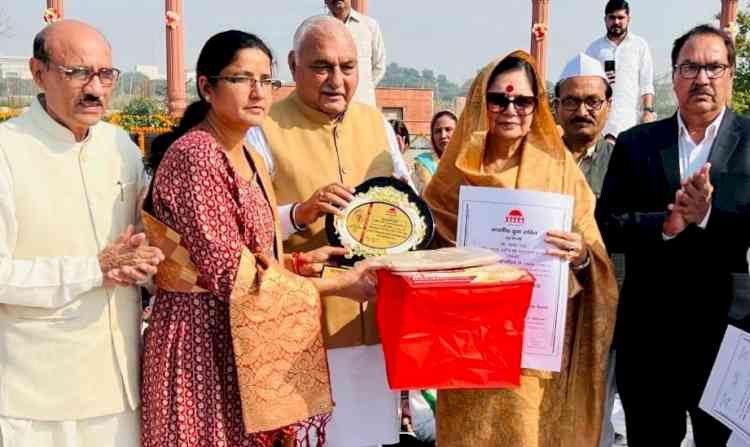Interest rate in Pakistan hiked by 300 bps to 27-year high
The State Bank of Pakistan (SBP) on Thursday raised the benchmark interest rate by a significant 300 basis points (bps) to 20 per cent as Pakistan is desperate to unlock the critical $1.1 billion funding from the International Monetary Fund (IMF), media reports said.

Karachi, March 2 (IANS) The State Bank of Pakistan (SBP) on Thursday raised the benchmark interest rate by a significant 300 basis points (bps) to 20 per cent as Pakistan is desperate to unlock the critical $1.1 billion funding from the International Monetary Fund (IMF), media reports said.
The Monetary Policy Committee (MPC) - which was constituted as a statutory body under the State Bank of Pakistan Act - decided to increase the policy rate to its highest level since October 1996 in an attempt to "anchor inflation expectations as it is critical and warrants a strong policy response", Geo News reported.
The central bank raised the benchmark interest rate by 300 bps, taking the total increase to 1,050 bps since January 2022 to counter rising inflation.
It should be noted that the MPC meeting was originally scheduled for March 16, but the SBP decided to advance it to deal with the emerging risks to the economy, including a record-high inflation number, which clocked in at a nearly 50-year high of 31.5 per cent in February.
"During the last meeting in January, the committee had highlighted near-term risks to the inflation outlook from external and fiscal adjustments," the Monetary Policy Statement (MPS) read.
It also mentioned that most of these risks have materialised and are partially reflected in the inflation outturns for February, Geo News reported.
The national inflation calculated on the basis of the consumer price index (CPI) has surged to 31.5 per cent on an annual basis, while core inflation rose to 17.1 per cent in urban and 21.5 per cent in a rural basket in February 2023.
At Thursday's meeting, the MPC noted that the recent fiscal adjustments and exchange rate depreciation have led to a significant deterioration in the near-term inflation outlook and a further upward drift in inflation expectations, as reflected in the latest wave of surveys.


 IANS
IANS 













